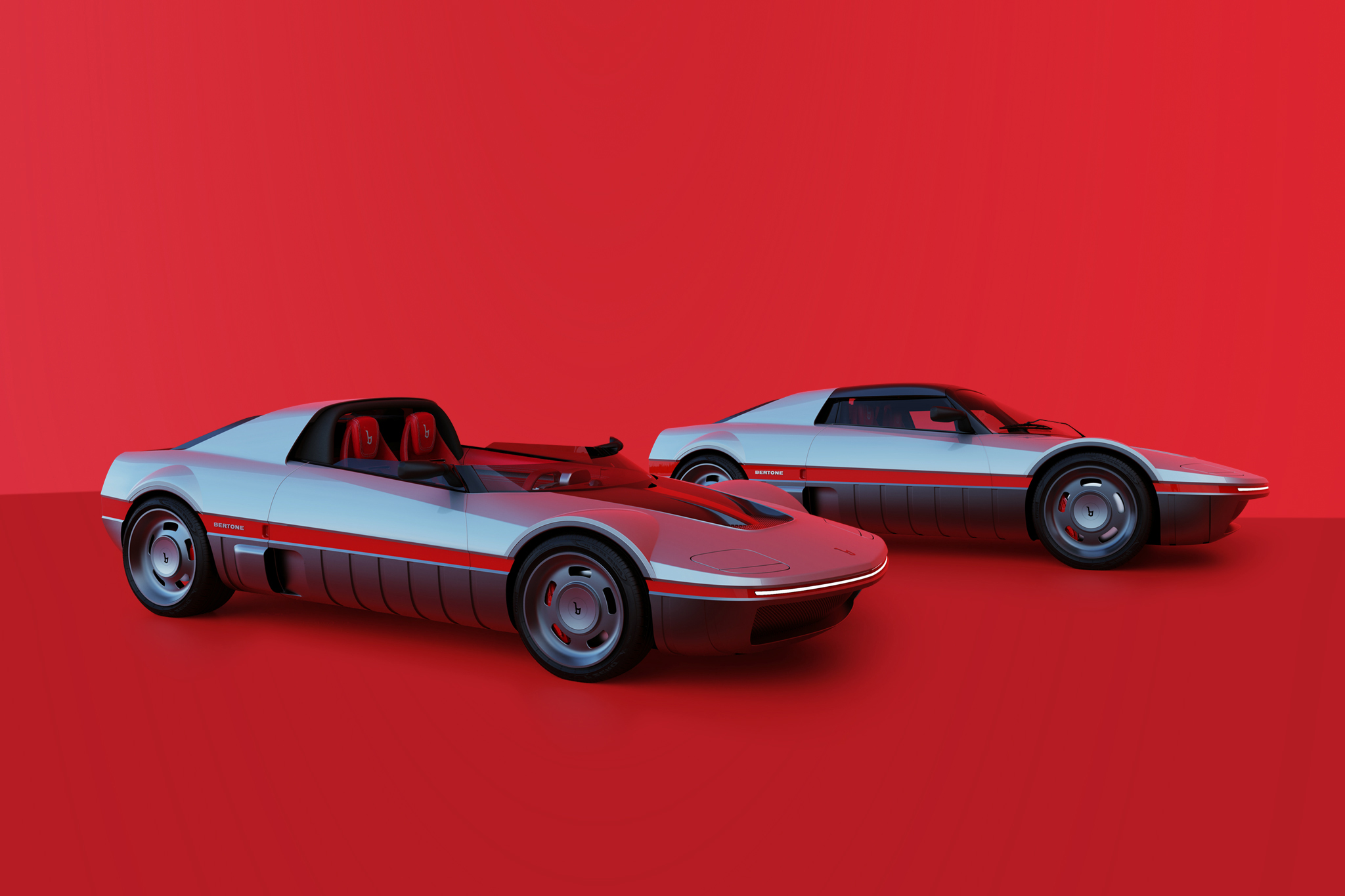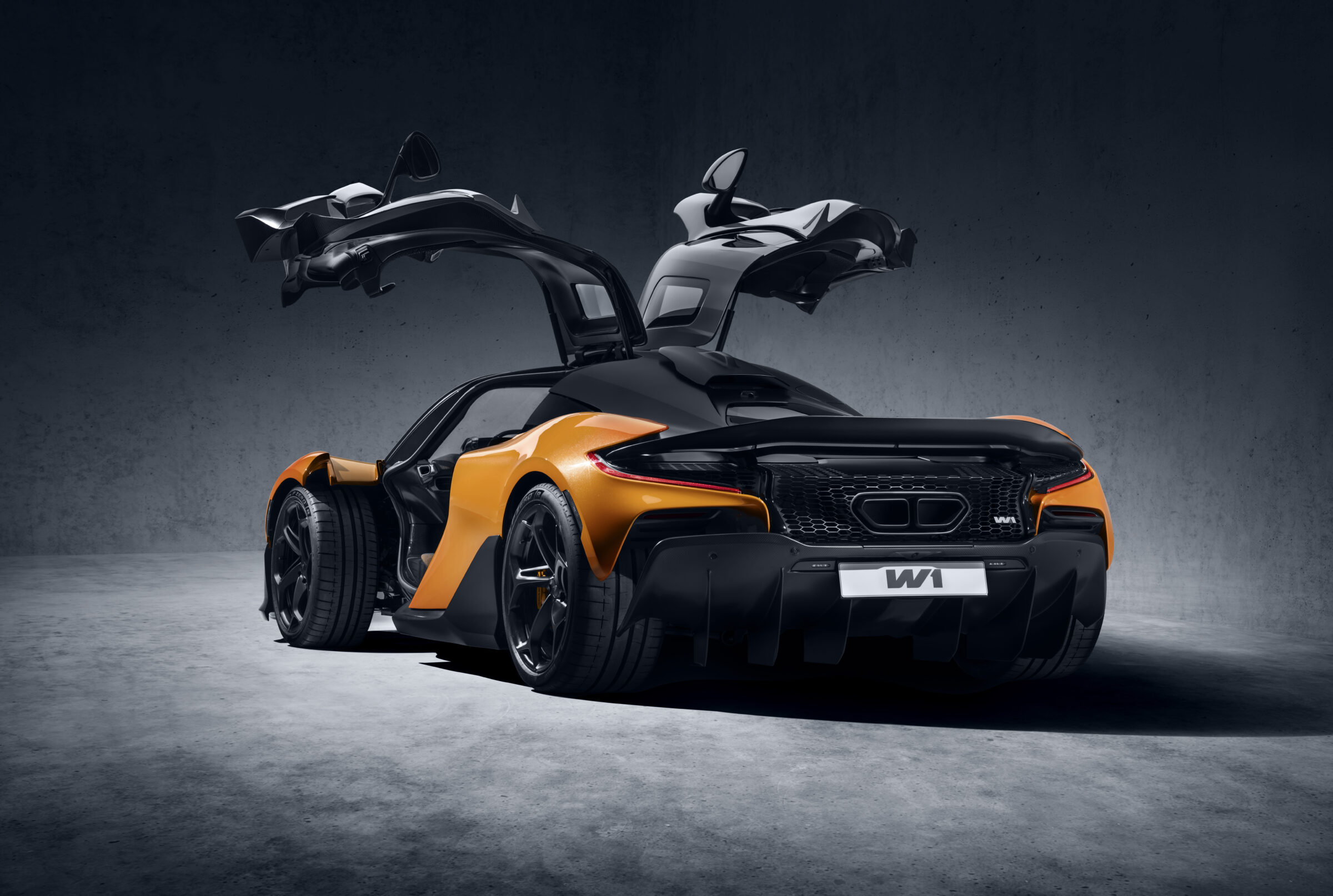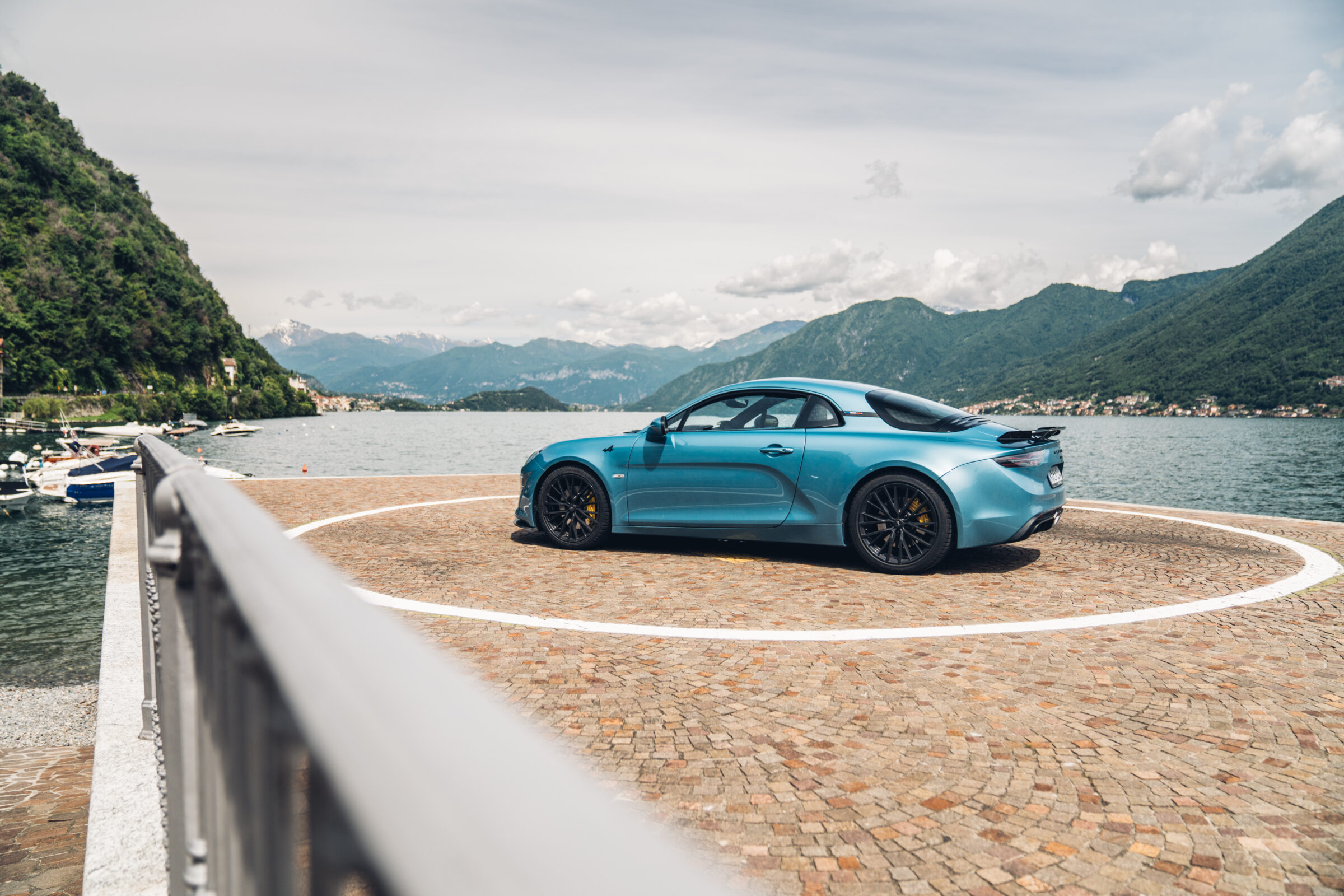Jaguar XJ13
With cars like the C- and D-Type, Jaguar was a power in international motorsport for years. But until 1966, the racing department took a break of several years to get the production of the new E-Type rolling. After all, orders from all over the world for this model exceeded any previous expectation. But Jaguar wanted to return to the tracks that meant glory. In-house engineers had been considering a V12 engine since 1950, and it finally hit the test bench for the first time in 1964. Originally, an initial prototype was created from two inline six-cylinder engines from the legendary XK models, joined together at the crankshaft. This became a completely new engine with an aluminium block, redesigned intake manifolds, modified cylinder heads with new valve angles and a completely new exhaust system. It had a displacement of five liters and is estimated at 331 kW/450 hp.
Riveted aluminium body
In 1960, the development department began to think about what design a new racing car would have to have in order to keep up with the competition. The decision was quickly made in favor of the mid-engine concept. Nevertheless, it wasn’t until 1965 that work began on the prototype. An aluminium chassis with simplified suspension parts from the E-Type formed the underframe. Above this was a deeply hunched body, beguilingly shaped by Jaguar designer Malcolm Sayer. Its individual, hand-molded aluminium parts were riveted together. Sayer had previously dressed the C- and D-Type and was later responsible for the XJS. The shape of the XJ13 may undoubtedly be considered his masterpiece. Behind the crew, under a plexiglass cover, worked the V12 engine, of which only seven test units were produced. Of these seven, only two received the XJ13 specification – a fact that was later regretted.
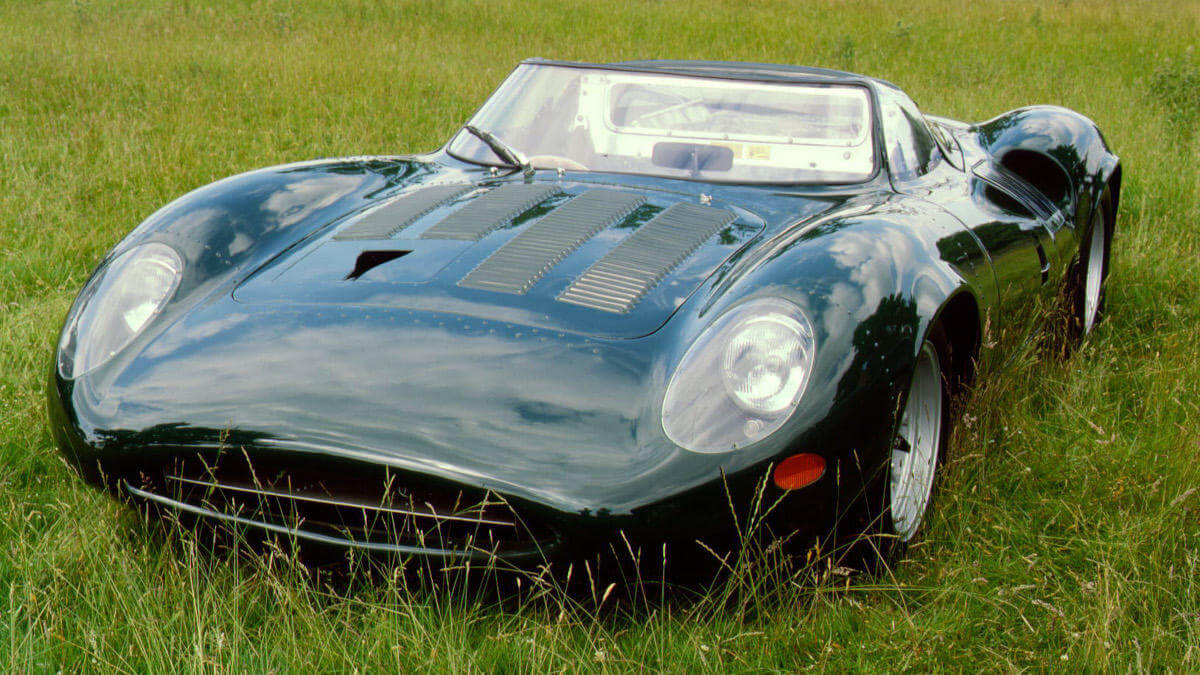

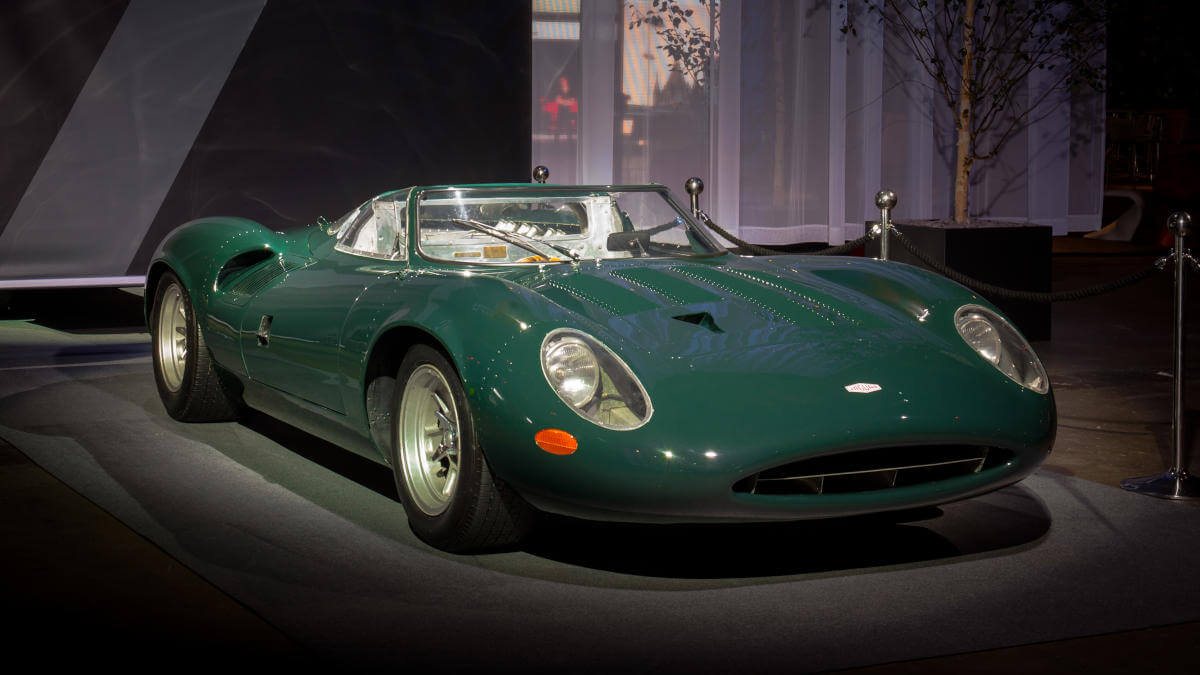

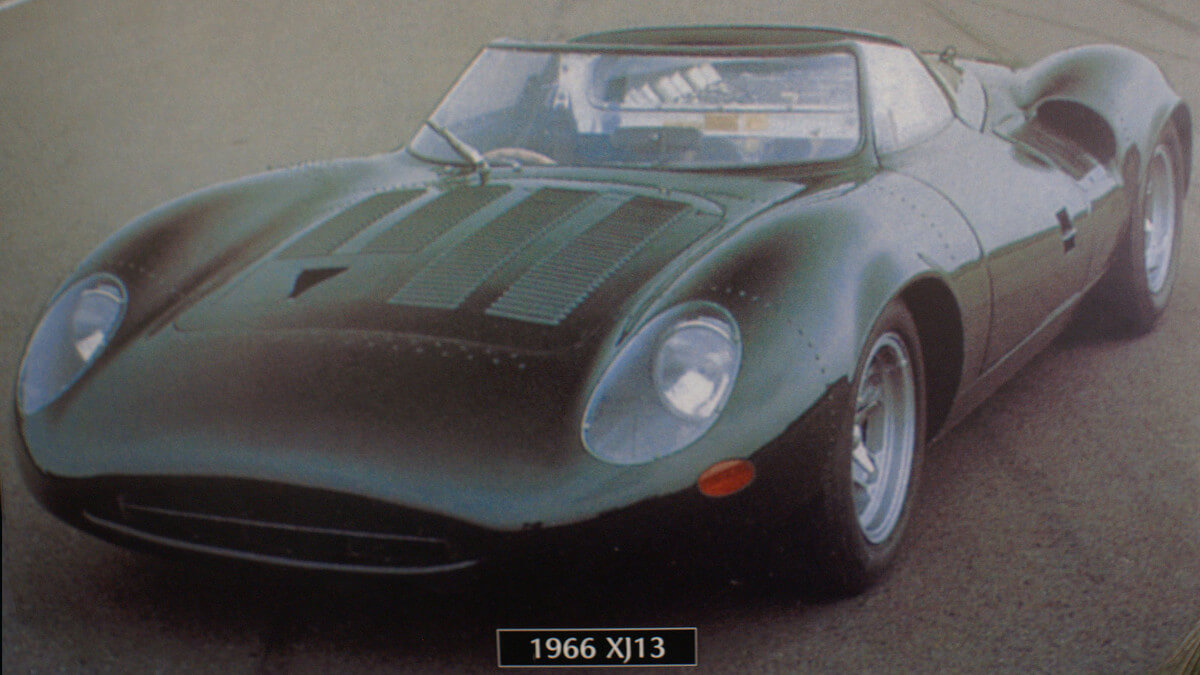







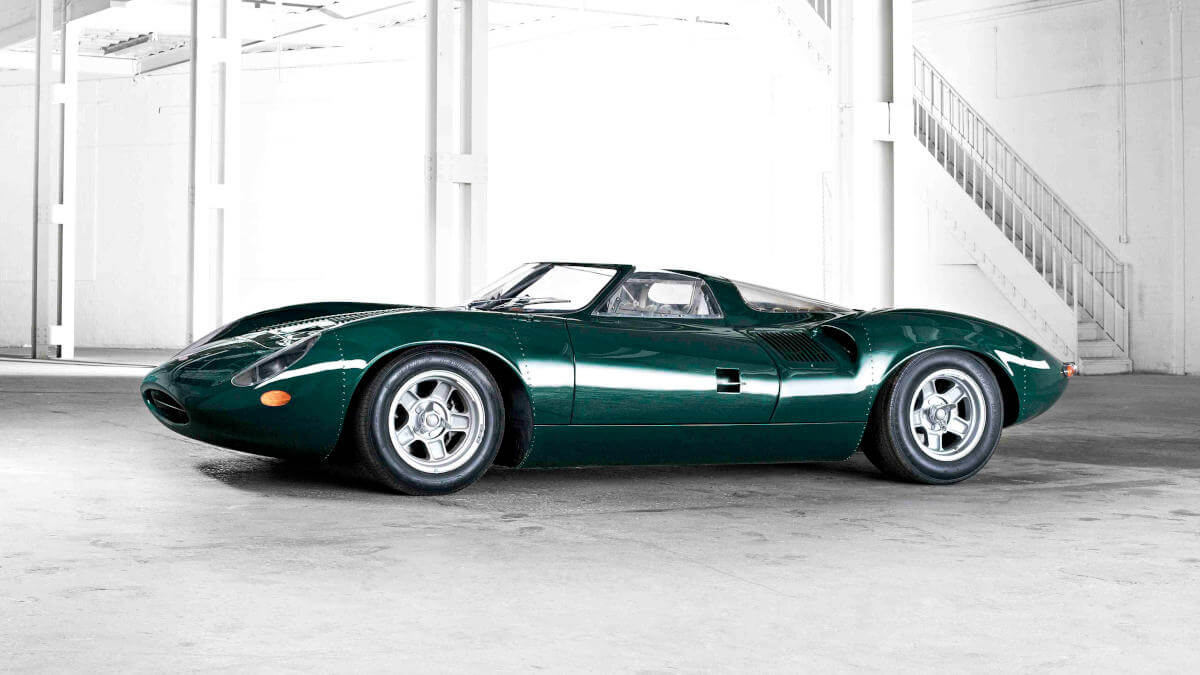

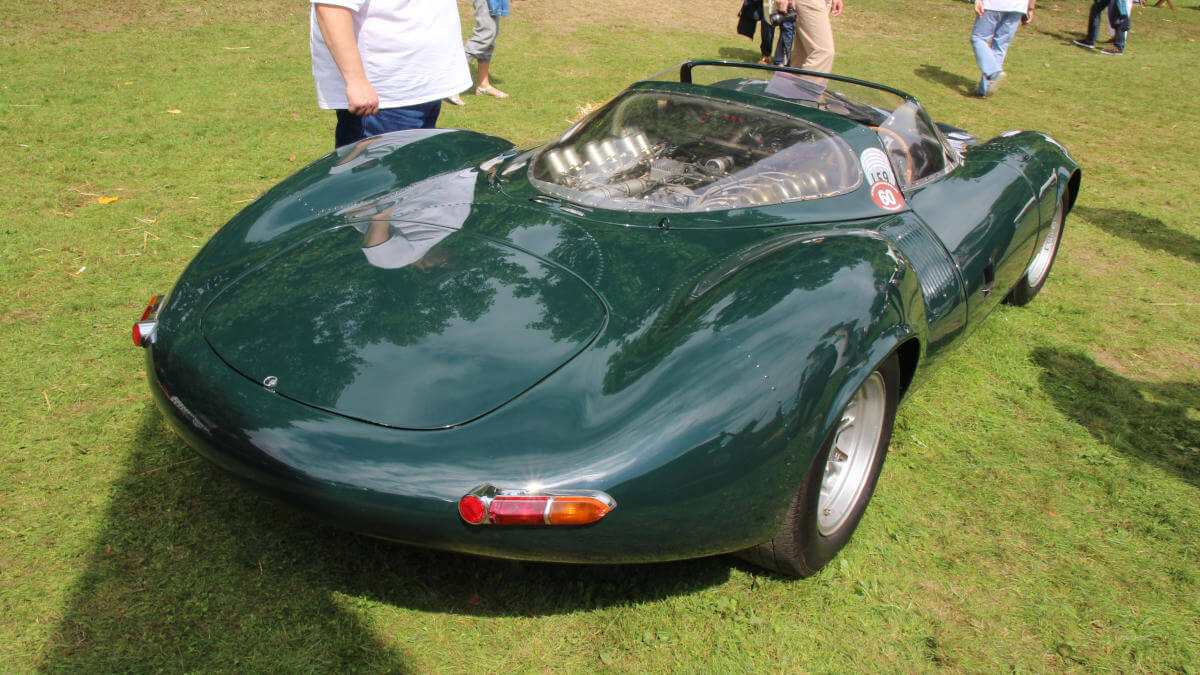

Project dropped before first race
When the prototype was completed in early 1966, testing immediately began at Silverstone and at the British automotive industry’s MIRA proving ground in Nuneaton. However, it quickly became clear that the car wouldn’t stand a chance in the 1966 edition of the 24 Hours of Le Mans. Especially not against the Ford GT40, which had a new seven liter V8, or the Ferrari P3/4. It would have required further developments to the XJ13 and its engine. The British Motor Corporation, to which Jaguar now belonged, didn’t want to pay for this. It is true that the XJ13 achieved a topspeed of around 186 mph at MIRA. It also set a new lap record with an average speed of 160 mph, clearly demonstrating the car’s potential. But it was no longer any use. The car rolled from testing straight into the depot.
Crashed during filming
When the third series of the Jaguar E-Type was presented for the first time with a V12 engine in 1971, the intention was to shoot some promotional film footage with the new car and the technical forerunner XJ13 at MIRA. What exactly happened then is still a matter of speculation. Some sources speak of an accident during filming, others of a quick lap after the cameras were turned off. The only thing that is clear is the the Jaguar test driver at the time, Norman Dewis, was alone in the vehicle. At high speed, one of the rear tires blew out. The car skidded and rolled over several times. However, Dewis was quick enough to turn off the ignition, thus stopping the flow of fuel to the engine and preventing a fire. Nevertheless, the vehicle was a total loss after this crash.


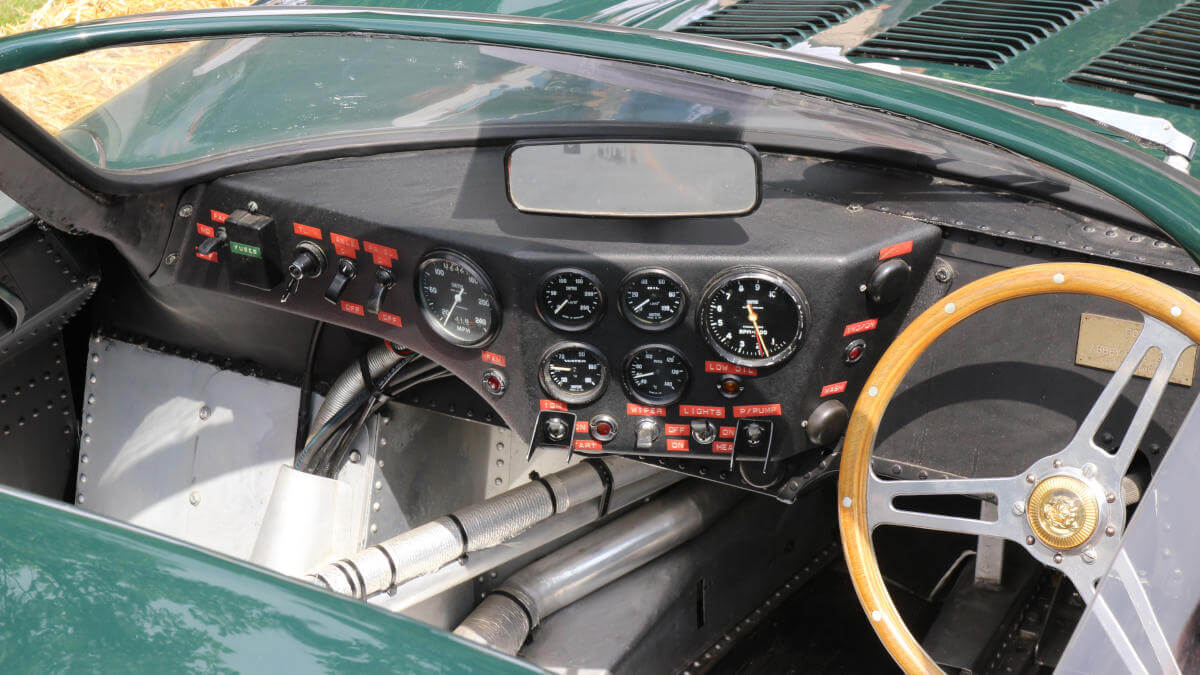



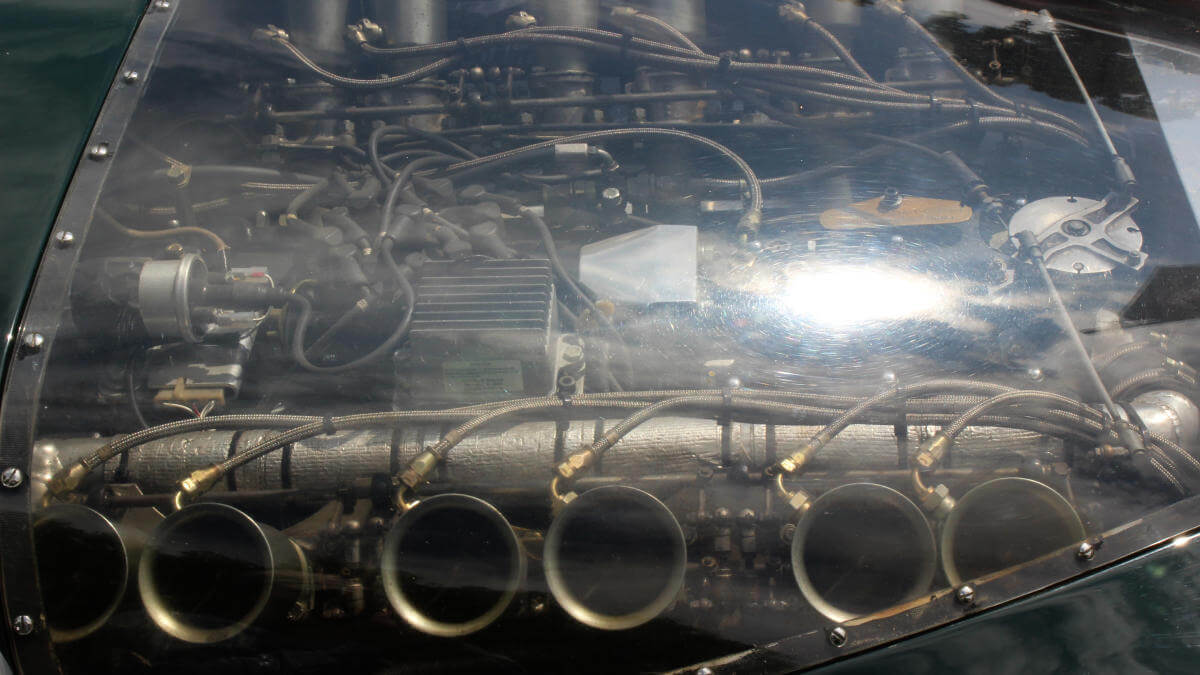

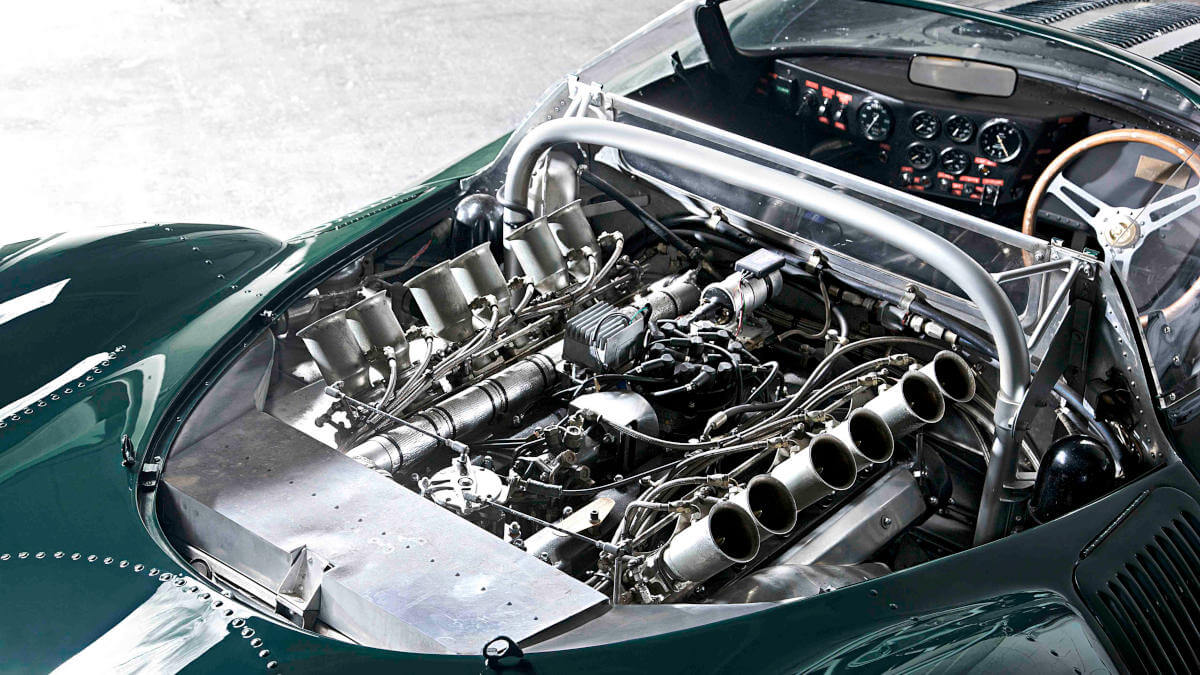

Rebuild with first engine
Instead of scrapping the remains and thus giving up a piece of brand history, the wrecked XJ13 was transported back to the factory. Two years later, years of manual work began to restore the unique car. However, there were hardly any records, let alone manuals, on the XJ13, which didn’t necessarily make this work any easier. Using photos and memories of people involved in the build of the original car, the car was created from scratch and rebuilt with its first engine. However, during one of the first presentations of the restored Jaguar XJ13, this was over-revved and thus destroyed. Now the above mentioned second XJ13 engine was used. This had previously run for many hours on the test bench and carried a repaired piston. Since there were no more new pistons for this engine, there was a strict ban on high revs from now on.
Second restoration with new parts
Nevertheless, they wanted to continue to show the unique XJ13 driving at classic car events. In the end, it wasn’t the patched piston that killed the engine, but a bump in Copenhagen. The oil pan touched down, causing cracks in the aluminium engine block. The XJ13 rolled back into the depot for a few years. It was followed by the second restoration. Some mechanical components were exchanged for parts from the XK and XJ models – but only in invisible places. Since the molds for the original rims no longer existed, the car now wears wider wheels. For this purpose, the wheel arches were widened a little. The body was repainted in the original dark green, the aluminium in the cockpit cleaned and replaced where necessary. Today the car is part of the collection of the Jaguar Daimler Heritage Trust and is shown at various events worldwide.
Images: Jaguar, Matthias Kierse


